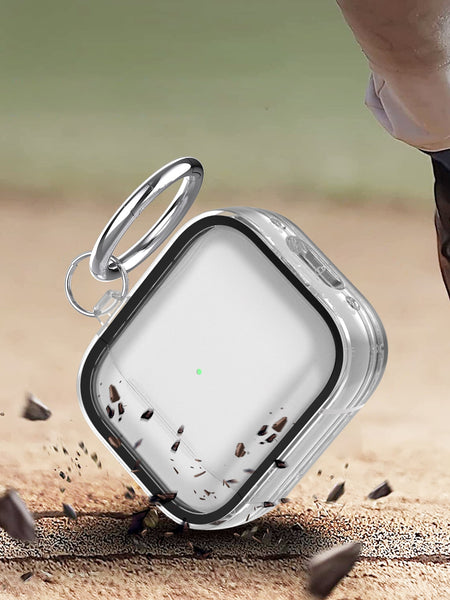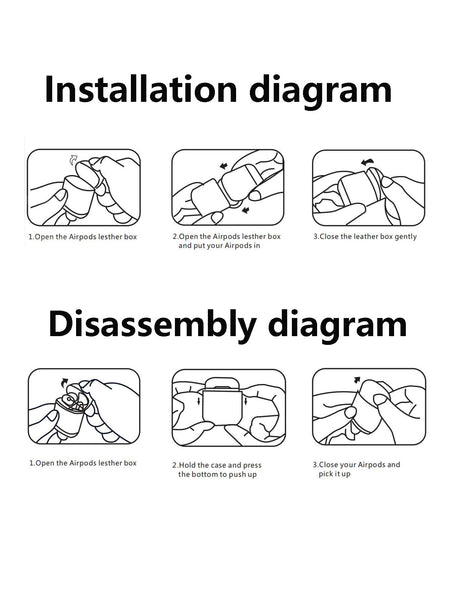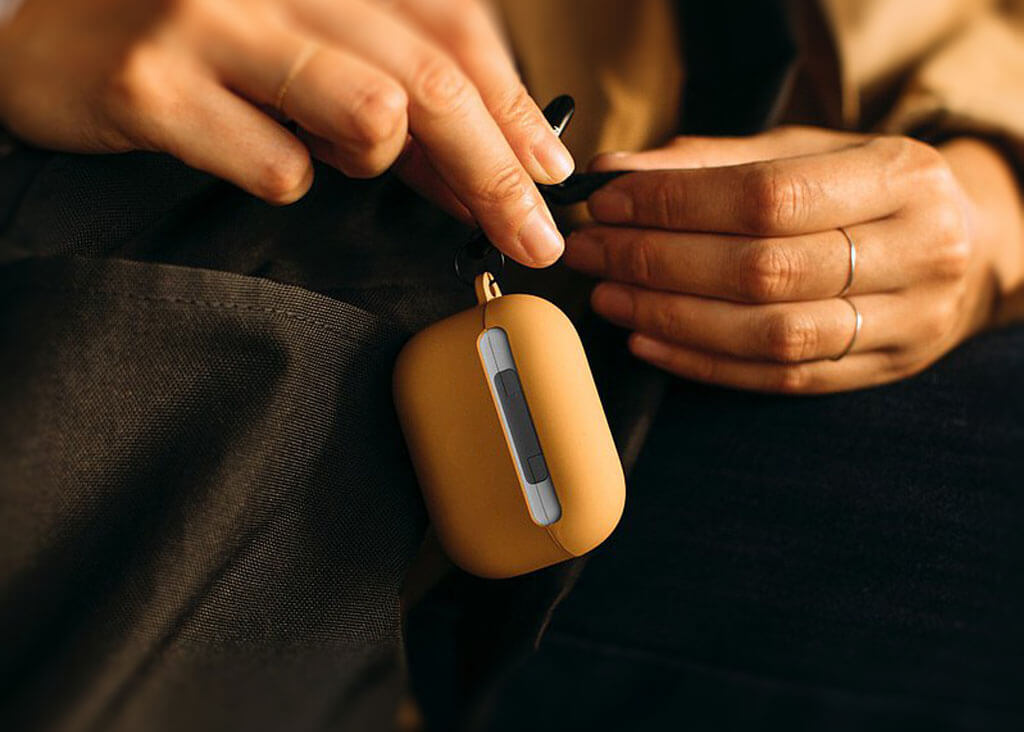Wireless freedom, seamless connectivity, and superior sound quality – that's what Apple's AirPods bring to the table. But, for every AirPods owner, a common question lingers: how long do AirPods last, and how can you extend their life? The answer to this question lies not just in the quality of your earbuds but also in your care and maintenance habits. In this comprehensive guide, we'll explore the intricate details of AirPods' lifespan, from the essential "Battery Health and AirPods Lifespan" to the nuances of "Factors Affecting The Lifespan of AirPods." We'll troubleshoot "Common AirPods Problems and Solutions" and provide you with "Accessory Recommendations" to safeguard your prized audio companions. So, whether you're an AirPods pro or new to the game, let's dive into the world of AirPods longevity and ensure that your wireless audio journey is not only delightful but also long-lasting.
(Click the image to make a purchase.)
Battery Health and AirPods Lifespan
The battery health of your AirPods plays a pivotal role in determining their overall lifespan. AirPods, like any other rechargeable device, have a limited number of charge cycles they can undergo before their battery capacity begins to degrade. A typical AirPod is expected to retain around 80% of its original battery capacity after 500 full charge cycles. This means that with regular use, an AirPod can last for a few years before you start noticing significant battery degradation.
To extend the battery life and overall lifespan of your AirPods, consider adopting practices that promote battery health. Avoid overcharging, store your AirPods at a moderate temperature, and try not to let the battery drain completely before recharging. Regularly charging them and ensuring they don't remain at a full charge for extended periods can help preserve their battery health.
Over time, the battery capacity of AirPods naturally degrades, resulting in shorter battery life and reduced overall performance. This degradation is a normal characteristic of lithium-ion batteries commonly used in portable electronic devices. As the battery capacity decreases, you may notice that they require more frequent charging to maintain sufficient power.
Factors Affecting The Lifespan of AirPods
1.Environment Factors
AirPods are designed to be versatile and durable, but they are not impervious to the environment in which they are used. Environmental factors can significantly impact their longevity and overall performance.

2.Extreme Temperatures
AirPods should be protected from extreme temperatures, both hot and cold. Exposure to high temperatures, such as leaving them in a car on a hot day, can lead to battery degradation and other performance issues. Similarly, extremely cold temperatures can affect the AirPods’ battery life and overall functionality. It’s best to store them in a moderate temperature range and avoid exposure to extreme conditions.
(Click the image to make a purchase.)
3.Moisture and Sweat
Excessive sweating during workouts or using AirPods in humid environments can be detrimental to their lifespan. Moisture can seep into the device, potentially causing damage to the internal components. It is advisable to clean and dry your AirPods after intense workouts and avoid using them in humid conditions.

4.Dust and Debris
Dust and debris are omnipresent in our daily lives, and they can find their way into your AirPods, causing issues over time. They may obstruct speaker grills, interfere with the charging contacts, or affect the microphone and speaker performance.
To protect your AirPods from dust and debris, regularly inspect and clean them. You can use a small, soft brush or a can of compressed air to dislodge any particles that may have accumulated. Additionally, store your AirPods in their case when not in use to shield them from environmental contaminants.

Common AirPods Problems and Solutions
Common problems with AirPods can arise over time, impacting their performance and longevity. These problems might include issues with audio quality, connectivity, or battery life. The good news is that many of these issues have simple solutions. For instance, if your AirPods are not charging properly, cleaning the charging contacts can often resolve the problem. Connectivity issues can be addressed by resetting the AirPods, and audio problems might be fixed by updating the firmware or resetting the settings.

By familiarizing yourself with common problems and their solutions, you can troubleshoot and extend the life of your AirPods effectively.
Accessory Recommendations
Accessories can play a significant role in preserving the lifespan of your AirPods. For instance, protective cases and covers can shield your AirPods from scratches, impacts, and environmental damage. Consider investing in cases with extra battery capacity to extend usage time between charges. Ear tips and cushions can enhance comfort and ensure a secure fit, reducing wear and tear on your AirPods.
Additionally, consider using anti-static brushes and microfiber cloths to clean your AirPods regularly and keep them free from dust and debris. Clean AirPods not only look better but also perform better.



















